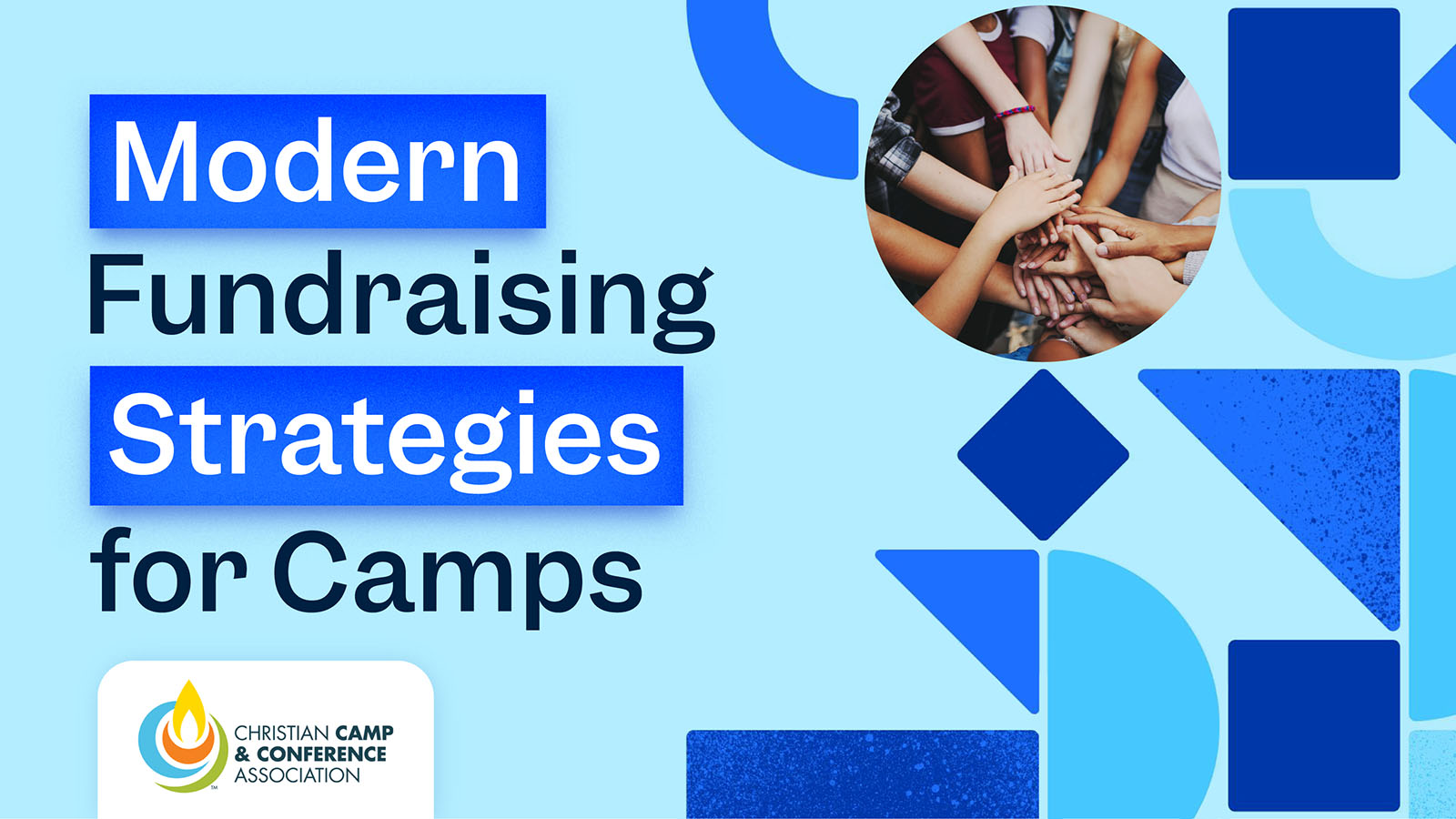Nonprofits are out in the world doing amazing work that makes our communities, countries, and the world a better place (thank you!). When it comes to doing this work, you're constantly challenged to find new and improved ways of fulfilling your org's mission. You strive to find new service models, more funding, and better talent to make the dream work—basically allll the things.
As an Executive Director or leader within your organization, you’re a vital part of leading this charge. Your vision and leadership guide your team to work towards innovative and important goals which require you to be forward-thinking.
That's why we want to talk about what it means to adopt the mindset of a forward-thinking leader and make nonprofit magic.
What it means to be a forward-thinking leader
Innovative, bold, and transformative thinking propels an organization and its people to the next level. It’s rooted in a future vision. And sure, your nonprofit may have a vision statement to guide its work, but forward-thinking goes beyond that. It’s vision paired with curiosity and what-ifs.
Here are a few examples of this kind of thinking in leadership:
- Investing in staff development that helps them grow in their careers and abilities
- Supporting a fundraising strategy that takes your organization off the feast or famine hamster wheel
- Working on programs and services that address emerging trends in the community
Forward-thinking leadership allows organizations to align their day-to-day actions with a shared vision for the organization’s future. A true visionary leader has the courage to take strategic risks so that the organization can live its best nonprofit life.
Now that you know what it takes to be a forward-thinking nonprofit leader, here's how to make it happen.
Vision casting
It sounds like magic, or possibly a niche type of fishing, we know, but vision casting is a tool used by leaders to envision the possible. It’s a creative exercise that helps leaders define a clear and compelling vision of where they want their team and organization to go next. You're likely do something similar to vision casting each time you put together a strategic plan, but this tool isn't just for long term planning. You could vision cast quarterly or yearly, whatever gets your rod reeling. (fishing joke, haha!)
Here are a few steps to cast your vision net (we can't stop.):
- Start by brainstorming possible outcomes that your organization could work towards in the next 6 to 12 months. What would be exciting? What would be a remarkable feat? What would make a difference for your mission? At this point, don’t try to filter what’s realistic versus what’s unrealistic. Just write down the whole shebang.
- After you've brain-dumped all your ideas, wacky and tame, decide what’s possible and what’s aligned with your broader goals. As you look at your brainstormed list, filter out what ideas are realistic (though a bit of a stretch) for your team. Do you have the resources, skills, and people to execute it? Which vision is most aligned with the long-term strategic direction for your organization?
- Commit to a direction and bring it to your team. Once you pick a vision for the next 6 to 12 months, introduce it to your team and talk about the why behind the vision. Get them to buy in and commit to taking action.
Strategic planning
About every 3 years, nonprofits should set a strategic plan with a long term vision, strategic goals, and milestones. This process is integral to bringing the board and staff into alignment around a common vision.
As the leader of your organization, you play a key role in bringing the strategic planning process to life. The magic lies in the facilitation of the process. Work with a professional facilitator if you need help—this is an invaluable step for your organization! Charity Village has a helpful video on how to best dive into strategic planning while avoiding common pitfalls.
Of course, you don’t want your strategic plan to collect dust after you’ve created it. It’s your responsibility as a leader to be the “keeper of the plan”, ensuring that your organization stays on course.

Scenario planning
Scenario planning is a tool used by leaders to forecast possible outcomes of a particular project or initiative—you may be familiar with this idea already. If so, you're a step ahead!
There's no need to harness the powers of Miss Cleo for this exercise. In scenario planning, you start with a clear objective and then consider the key factors, external forces, and uncertainties that could impact your objective.
Here's an example: Say your nonprofit is considering adding a mentorship component to its after school program. What challenges might you face in getting the program off the ground? How will you fund it? Would it divert too much money from your core program? How would you recruit and vet mentors? What's the worst that can happen if the program is a complete dud?
After compiling this information, create a couple of scenarios of what might happen for the project or initiative. From there, you and your team can stay attuned to possible red flags and be flexible when you need to change your plans to achieve a particular outcome.
Growth mindset
Famed psychologist Carol Dweck writes about growth mindset in her book Mindset. Dweck researched the influence of underlying beliefs on a person's learning and intelligence, finding that embracing a growth mindset (as opposed to a fixed mindset) leads to the belief that abilities and intelligence can be developed. So, how does this work in real life? When working with your team, always support skills development, encourage creating stretch goals (aka a reach for the stars mindset), and cultivate a "freedom to fail" philosophy (like we do here at Funraise!)
Abundance mindset
There’s nothing like a scarcity mindset to hold an organization back. People who are stuck in a scarcity mindset generally feel like they never have enough time or resources to do the things they want to do. That keeps them stagnant and unable to make progress towards their goals. But with a shift in perspective, specifically to embrace what they do have available, they feel more abundant and capable.
Stephen Covey first coined the term “abundance mindset” in his classic book, 7 Habits of Highly Effective People. Covey defined the term as “a concept in which a person believes there are enough resources and successes to share with others.” We love this chart for a quick mindset self-check.

If you're more in the red than the green, don't fret! The first step to recovery is acknowledging you have a problem, right? Turn that scarcity frown upside and start being mindful of how you approach day-to-day scenarios. As soon as you recognize your scarcity thinking, try and do some mental aerobics to switch up your thoughts and feelings. This is just a start, but it's the first step to creating that abundance mindset that all the other cool thought-leaders are always talking about.
Being a forward-thinking leader and a forward-thinking nonprofit is not a destination you arrive at. It’s something you consistently cultivate over time, and the best part is that it's contagious. Use the tools and techniques shared in this article to set yourself and your organization up to do your best, world-changing work for years to come.































.webp)
.webp)











.webp)
.webp)

.webp)
.webp)
.webp)




